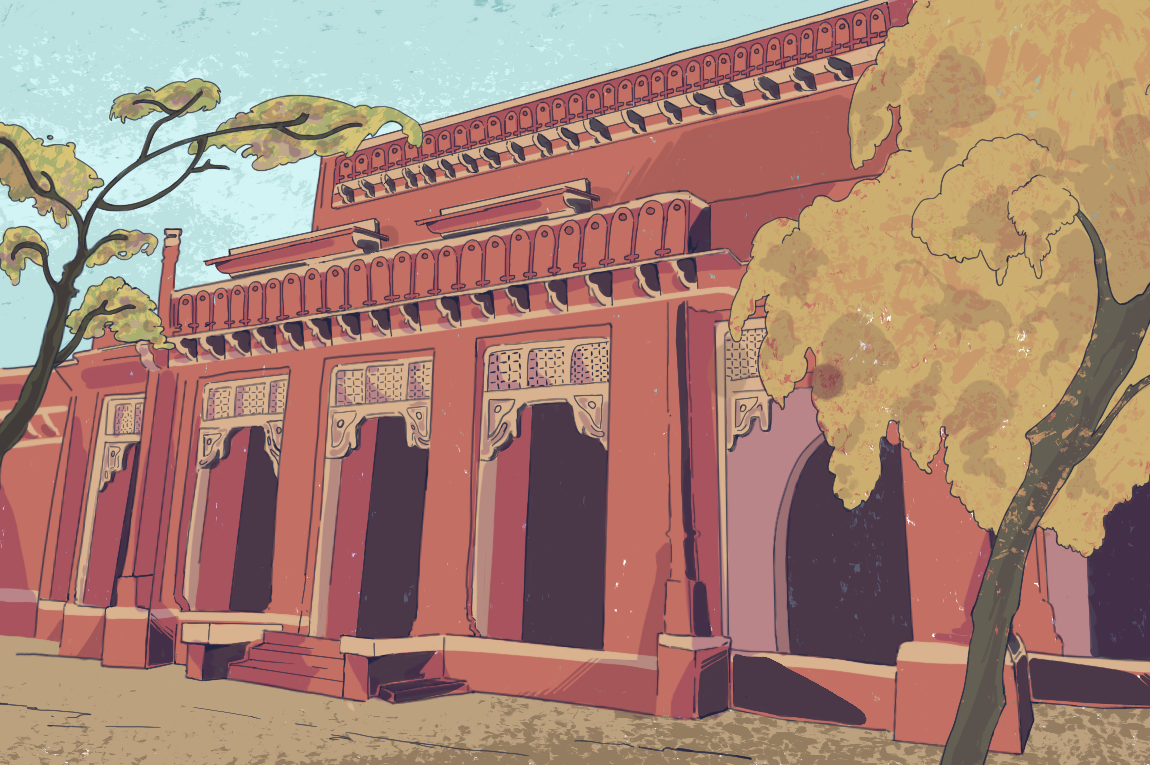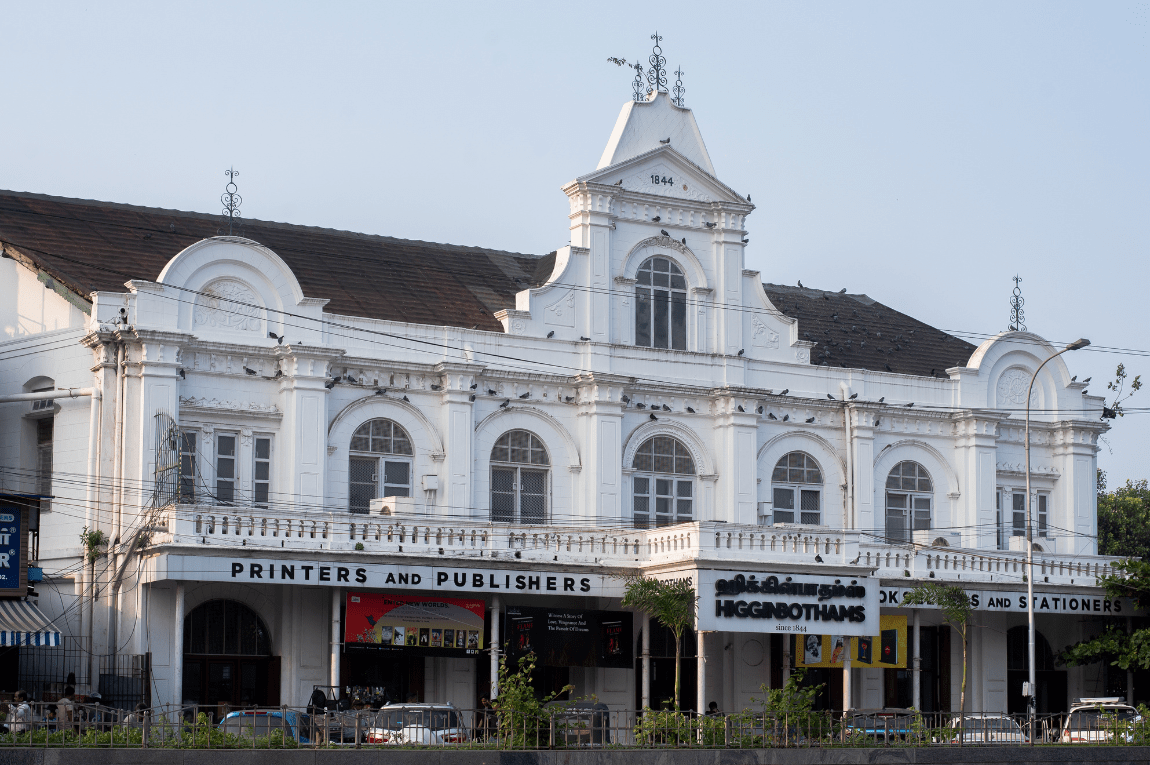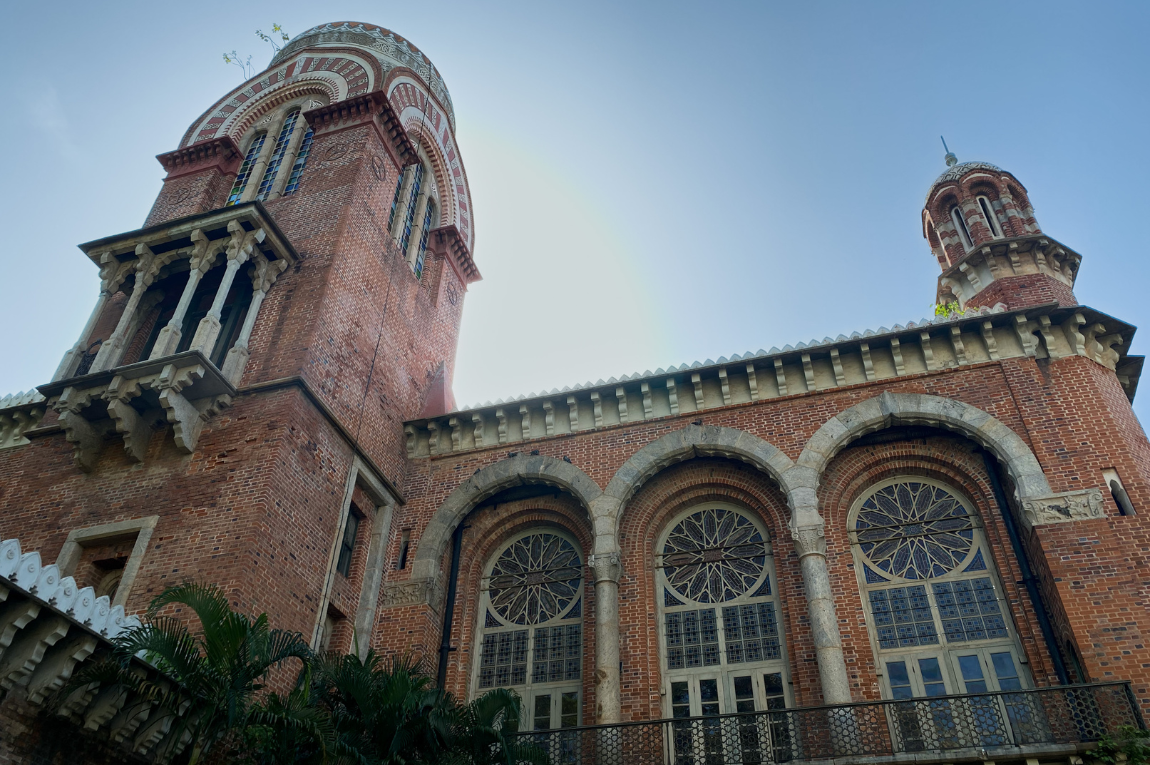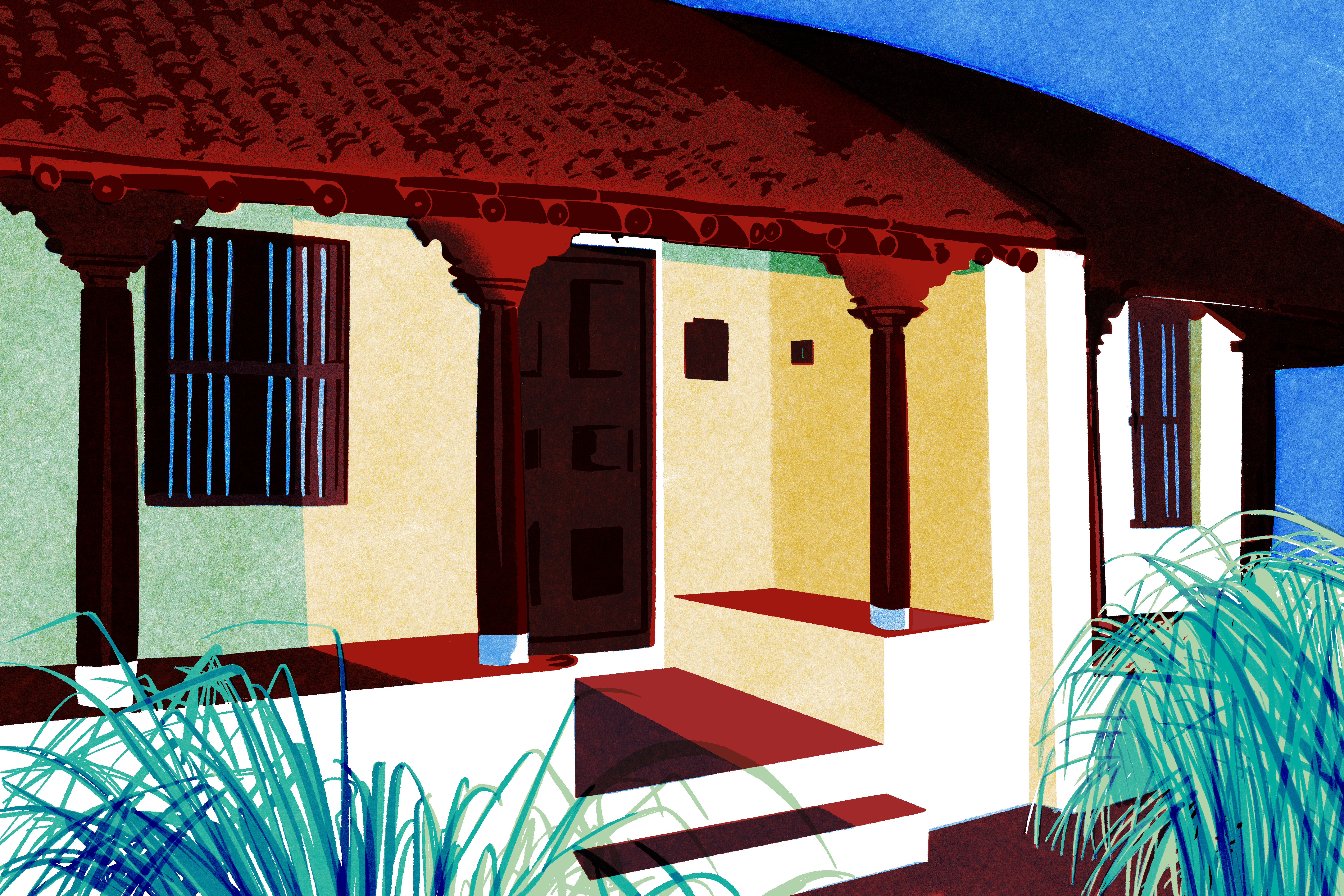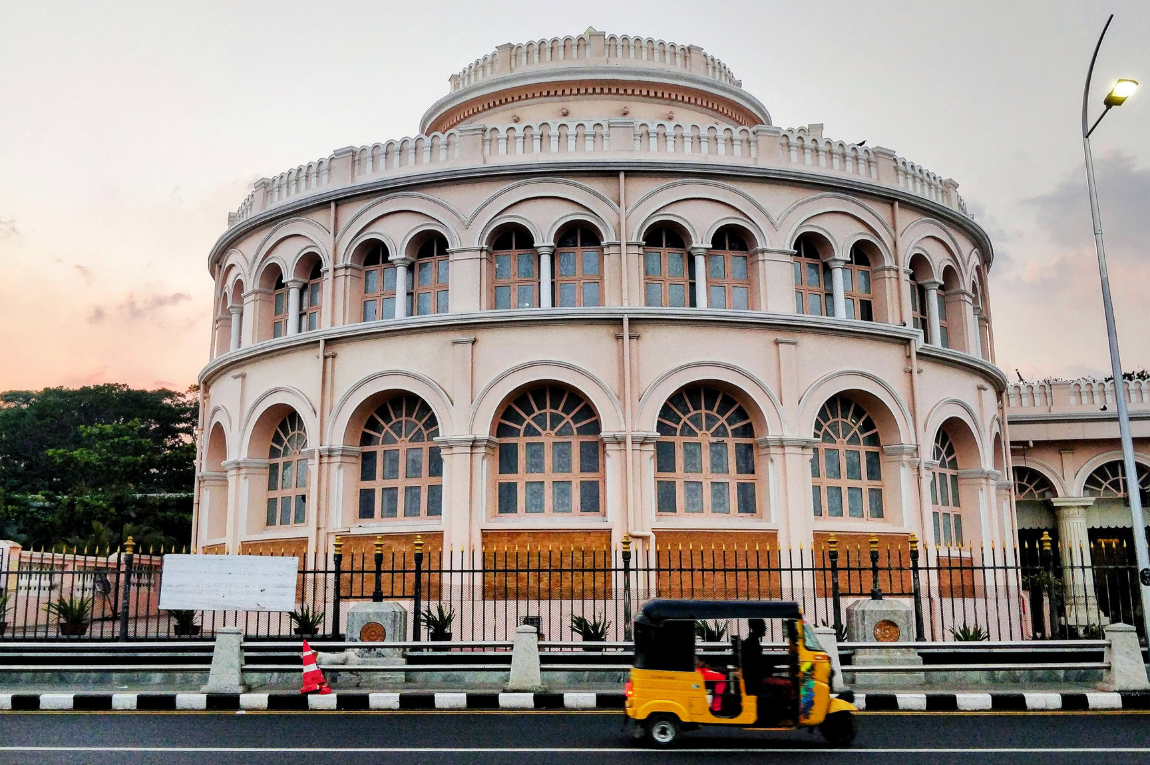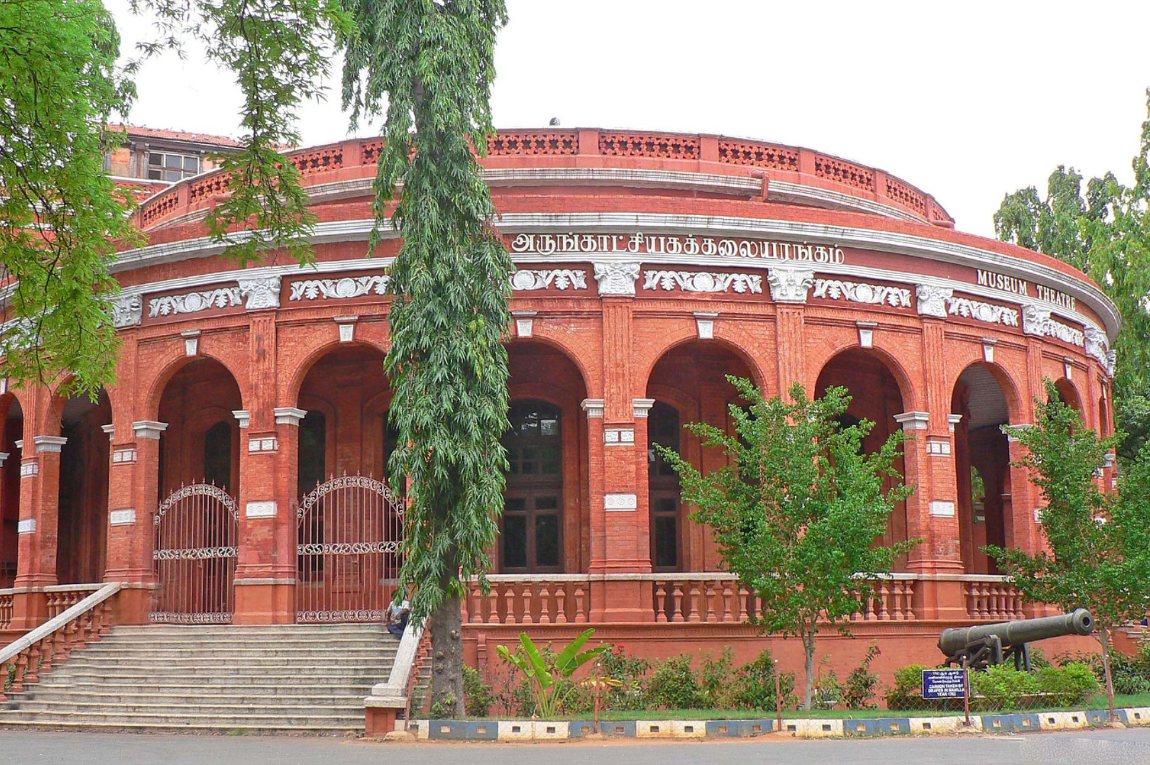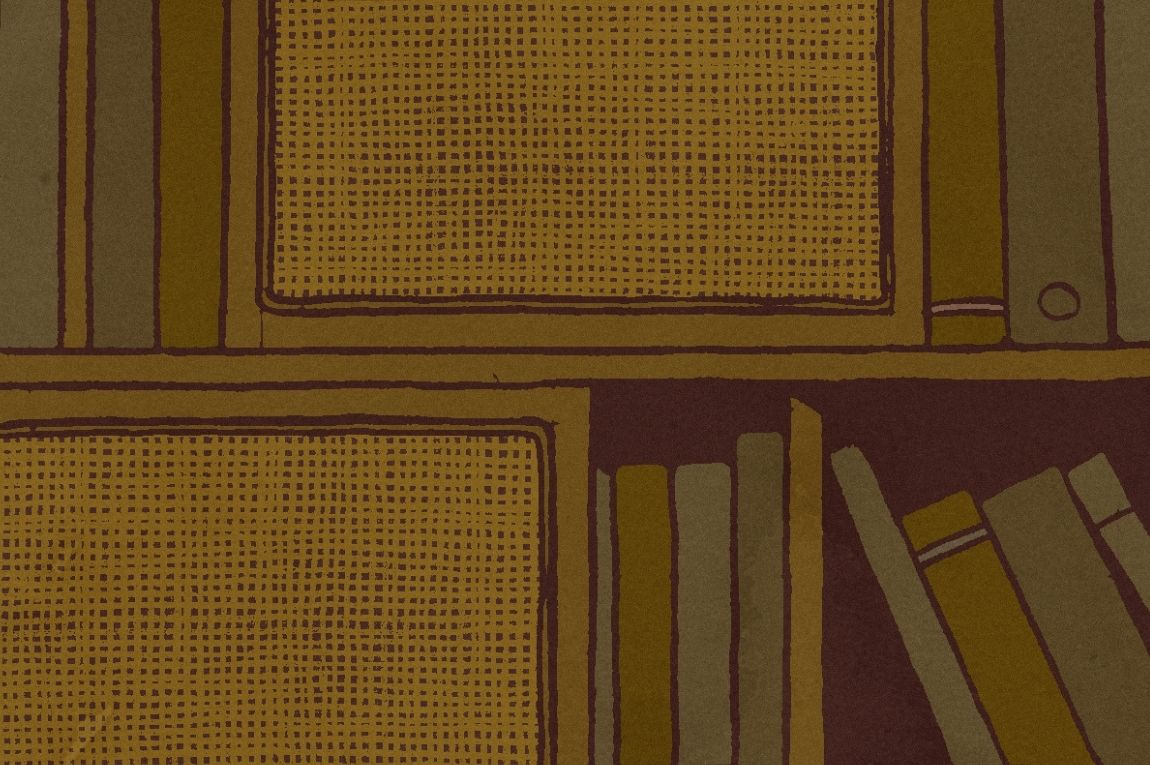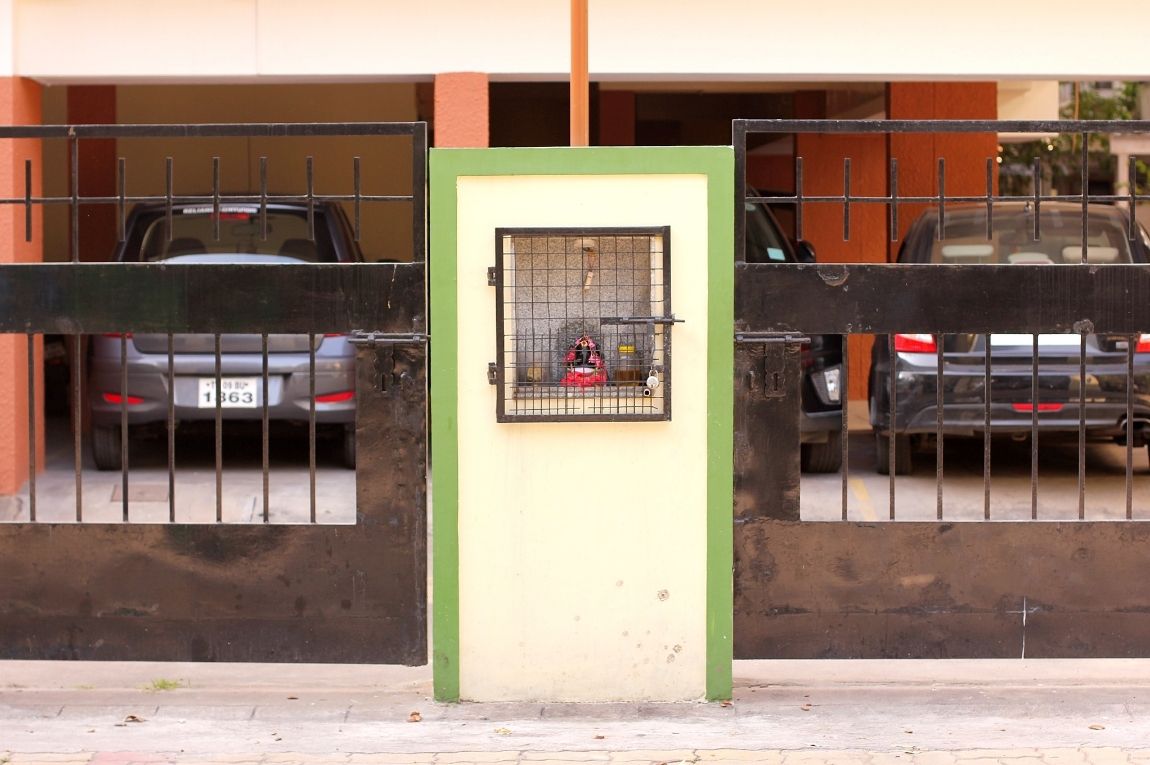In the heart of Chennai, housed in the campus of the Department of Public Instruction in Nungambakkam, is the Madras Literary Society (MLS). The library was a space that I discovered only as an adult, thanks to a friend, though I had grown up in the city. Later, I realised that it was the library that filmmaker Mani Ratnam had used in some scenes, in his cult classic film Mouna Ragam. It’s surrounded by gulmohar and coralwood trees, and is a tranquil space where the sounds of the busy city do not intrude. The red sandstone building looks like a small palace with its Rajasthani style arches, jaali work, jharokhas and trimmings, and was designed by an unknown British architect in 1905. Today, the building is owned by the government and maintained by the Public Works Department and the MLS committee.
The library was formed in 1812 by the East India Company for the College of Fort St George so that the English officers deputed to India could get together and understand vernacular language and customs. It moved to its present residence around 1905, and it is said that these British officers would alight from boats on the Cooum river near its rear entrance, called the River Gate. Chennai historian S Muthiah believes that the library is “perhaps the oldest subscription library east of the Suez,” as mentioned in his book Madras Rediscovered.
“It is built in a cruciform structure with the four corners having L-shaped rooms and spaces. It was custom-built as a library, and even today is almost the same without any changes or major renovations,” says Thirupurasundari Sevvel, architect–planner and the Honorary Secretary General of the MLS. “Inside the building, the wrought iron and double height give it an industrial feel. Interestingly, like Rajasthani palaces have the coat of arms inscribed on the facade and doors, the library, too, has its logo on all its doors,” she adds. The walls of the library perform a dual function, she says, “The lime plaster walls may not only be intended to keep it cool, but also to prevent deterioration of the books.”
Entering the enormous hall of the library through its wooden doors, it is hard not to be awed by the Harry Potter–esque atmosphere with thousands of dog-eared books arranged on metal racks that go all the way up to the high ceiling with wooden rafters — which can only be reached by steep ladders with pulleys. The three-tiered windows flood the room with plenty of natural light.
From the outside, the building gives the impression of being double-storeyed, thanks to an overhang supported by brackets. With a Madras terrace roof — which keeps the hall cool — the library is a walk into the sepia past. There are vintage teak and rosewood tables and chairs, glass cases and in-situ built furniture with what seem like black Kadapa slab floors. There are old, glass-encased images of towns like Trichy, Madurai and Thanjavur, photographed by British photographer Captain Tripe.
Today, it’s a lending library that anyone can access at a nominal fee. However, some of the books are damaged, owing to the high humidity and their age, and are falling apart. The library has a rich collection of over 80,000 books, manuscripts, and rare first editions — covering a range of subjects including religion, biology, archaeology, mathematics — along with novels, memoirs, and biographies.
The library runs on small grants and contributions from benefactors besides the membership fee. Once a month, it also offers a heritage walk around the library with an architect or an expert. I recently attended a talk by a historian here, and was enchanted once again by the library’s heritage and old-world charm. It’s always a pleasure to see old spaces in use by the public.
Find your way to the Madras Literary Society in Chennai, Tamil Nadu via Google Maps here.
Our selection of stays across India, best visited for their design and style. Check in
Kalpana Sunder is an independent journalist based in Chennai. She is on Instagram at @travelwithkalpana.
Diya Paul is a Mumbai-based illustrator, and a designer at Paper Planes. She is on Instagram at @diyapaulart.
